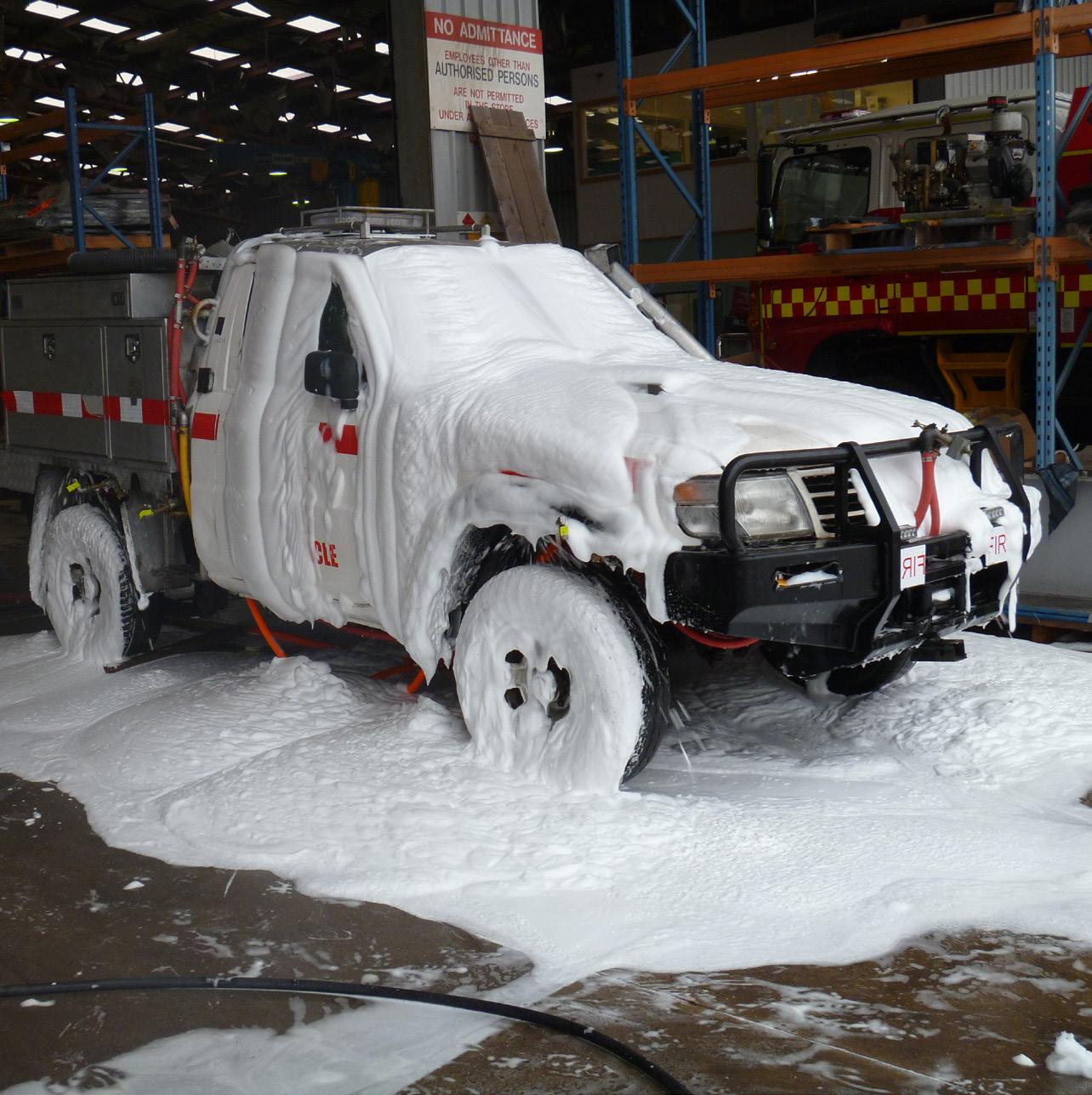F I R E G L OBE – BOR E A L F IR E S
Wildfire in the Sakha Republic, within the Arctic Circle, Russia (Lat: 67.42687, Lng: 154.53369) - June 21st, 2020. Infrared view. Contains modified Copernicus Sentinel data, processed by Pierre Markuse. Image is about 37 kilometers wide.
Fire in the North
THE 2020 SIBERIAN FIRE SEASON
BY SUSAN G. CONARD AND EVGENII PONOMAREV
INTRODUCTION The year 2020 started out with record high temperatures across much of Siberia (Figure 1). Average spring temperatures were more than 8 degrees C over long-term means in many areas. Scientists from the World Weather Attribution Organization concluded that these extreme temperatures could almost certainly be attributed to long-term climate change (Ciavarella, et al., 2020). The result was early snowmelt and rapid drying of fuels in many areas. While temperatures in southeastern and western Siberia became cooler than average by late June due to changes in atmospheric circulation patterns (Figure 2), the stage was set for high fire hazard across much of the region. Whether you get your news from mainstream media, Twitter, or the Siberian Times, it would be hard to have missed the chatter about the severe fire season in northern parts of 26
wildfire
|
OCTOBER – DECEMBER 2020
Siberia this past summer. In this article we provide some basic information about monthly and latitudinal distributions of fire in Siberia from March through September of 2020 and compare the annual relative importance of fire in northern Siberia to total burned areas in Siberia for 2000-2020. Russia has a large firefighting organization, comprised of the national Aerial Forest Protection Service (Avialesookhrana) and local fire brigades. In the northern areas of the country (mainly above 65N latitude in Central and Eastern Siberia) the primary mode of fire detection is through satellite monitoring. Fires in this region are typically not suppressed, except immediately around the sparsely-scattered towns, villages, and industrial sites. Suppression is more active below about 65 degrees N latitude, but many fires even in those areas are little affected by suppression. About 3–10% of the fires













